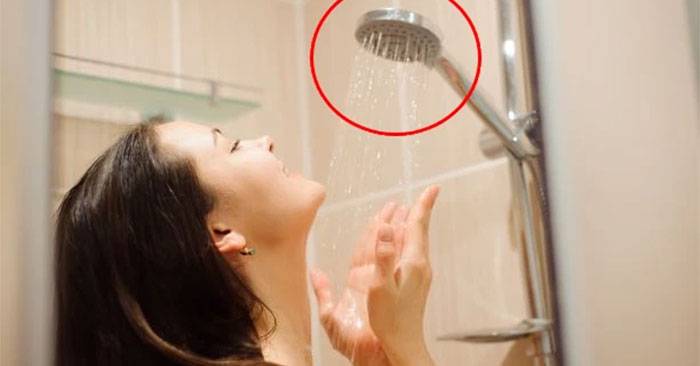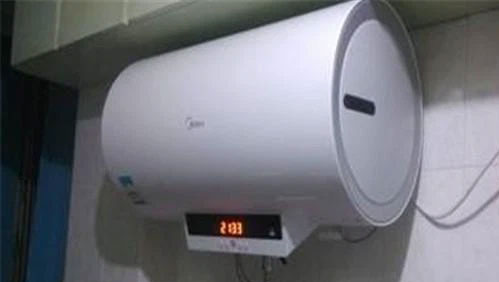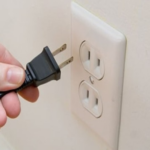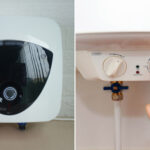Carbon monoxide poisoning is a serious issue, with approximately 1,300 cases reported annually to health authorities. There are simple steps to minimize the risk, especially when it comes to using water heaters.
As temperatures drop, water heaters see increased use, but they can also increase the risk of carbon monoxide (CO) poisoning if used incorrectly. Carbon monoxide is invisible, odorless, and non-irritating, making it difficult to detect. Simple steps can be taken to reduce these risks.

How Dangerous is Bathroom Fumes Poisoning?
Bathroom fumes poisoning is often caused by carbon monoxide (CO), an odorless, colorless, and tasteless gas.
Gas water heaters inhale oxygen from the room and emit CO during the combustion process to heat the water. Therefore, the longer one stays in the enclosed space, the higher the concentration of CO, leading to potential poisoning.
When the CO concentration in the room air reaches 0.04-0.06%, people will experience mild poisoning symptoms. Inhaling excessive CO can cause oxygen deprivation, leading to headaches, dizziness, nausea, and weakness, ultimately resulting in a loss of strength to escape the dangerous environment.
To enhance safety when using water heaters, bathrooms should be well-ventilated to prevent gas leaks. Additionally, families are advised to choose water heaters that utilize modern technologies…

In reality, carbon monoxide poisoning can occur not only from water heaters but also from burning coal indoors for warmth, gas stoves, car air conditioners, and more.
Signs and Symptoms of Carbon Monoxide Poisoning
- Mild poisoning: Headache, nausea, dizziness, and fatigue.
- Moderate poisoning: Chest pain, difficulty concentrating, blurred vision, mild shortness of breath, rapid heartbeat, and rapid breathing.
- Severe poisoning: Loss of consciousness, seizures, coma, arrhythmia, low blood pressure, skin burns, loss of bladder and bowel control, fainting, blue lips and fingertips, and stiff or abnormal movements in the arms and legs.
Upon detecting carbon monoxide poisoning, immediately remove the victim from the contaminated area and seek medical attention. If the victim has weak or absent breathing, perform artificial respiration. If the victim is unconscious, place them in the recovery position and administer mouth-to-mouth resuscitation while transporting them to the nearest medical facility.
Prevention of Carbon Monoxide Poisoning
Carbon monoxide poisoning can occur due to poorly maintained water heaters and inadequate ventilation. The presence of this gas is a result of incomplete combustion and is not specific to any particular fuel (natural gas, wood, coal, fuel, butane, propane, gasoline, oil, or ethanol) used for generating heat or light.
- Regularly inspect and maintain equipment.
- Ensure proper ventilation in your home, even during cold weather.
- Keep ventilation systems functional and never block intake and exhaust vents.
- Follow the instructions for using water heaters.



































